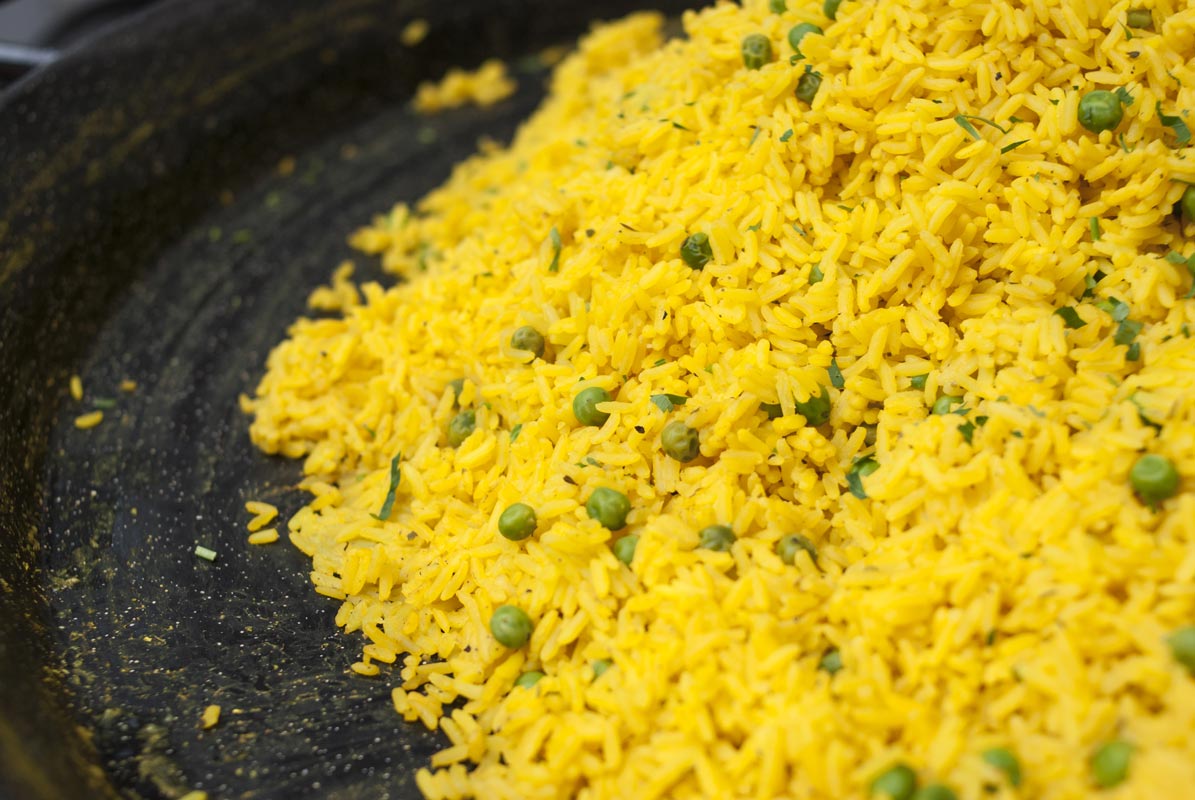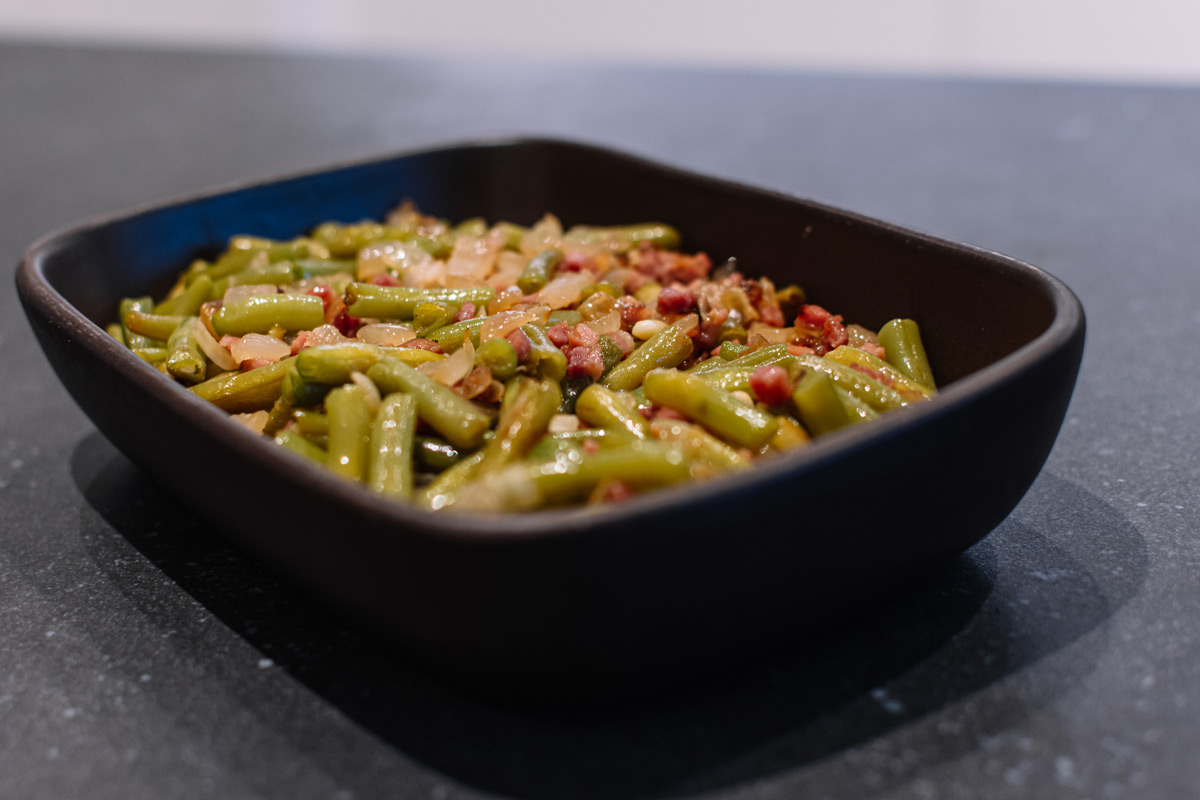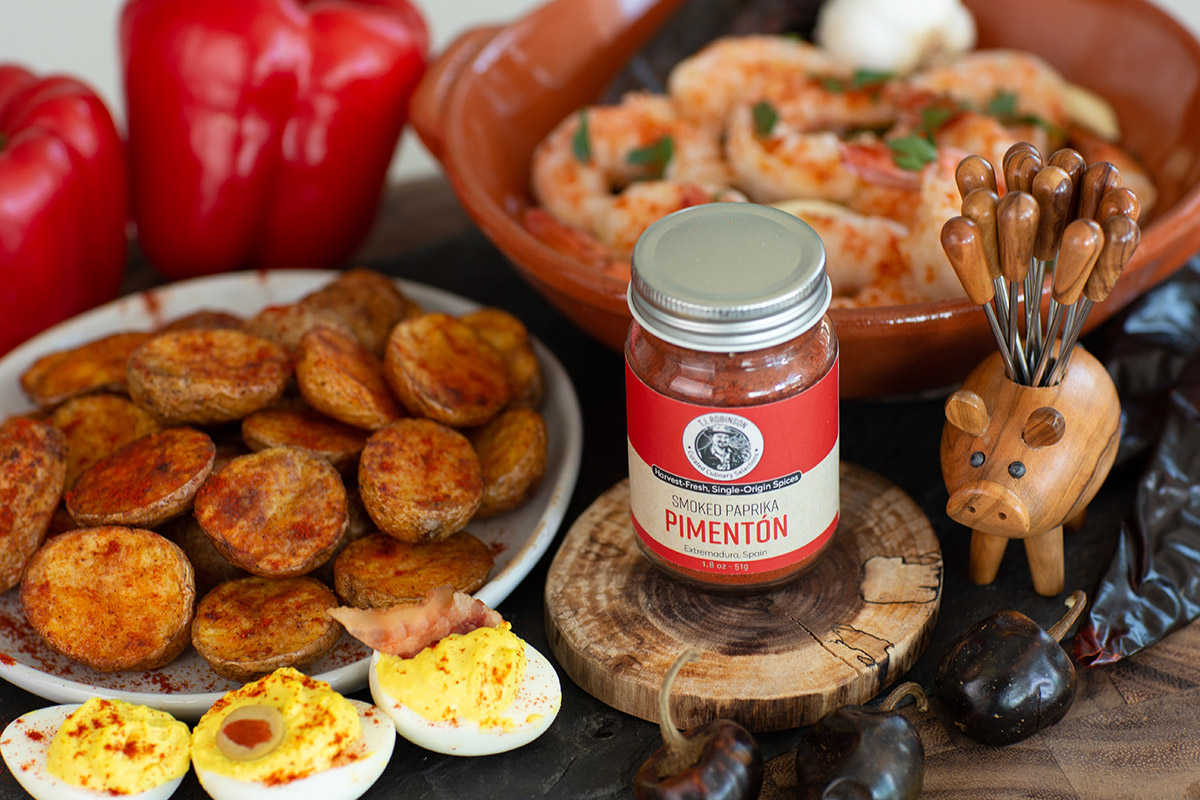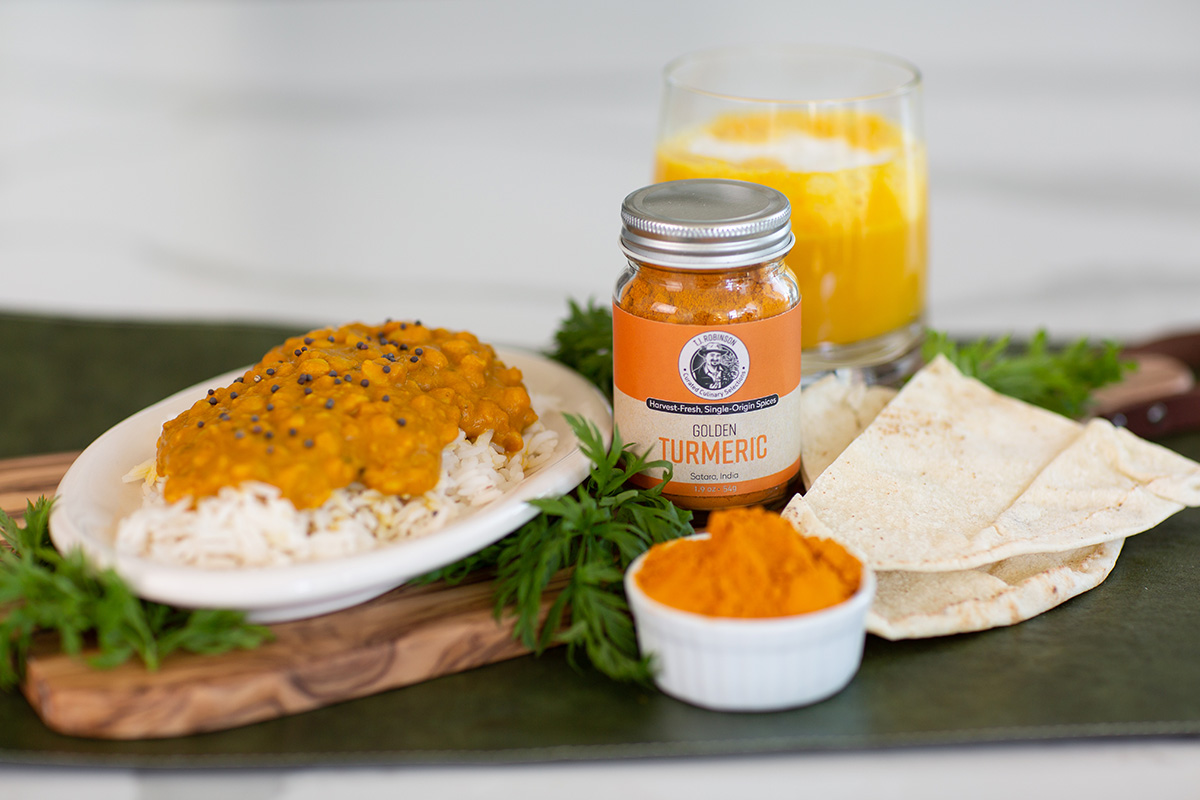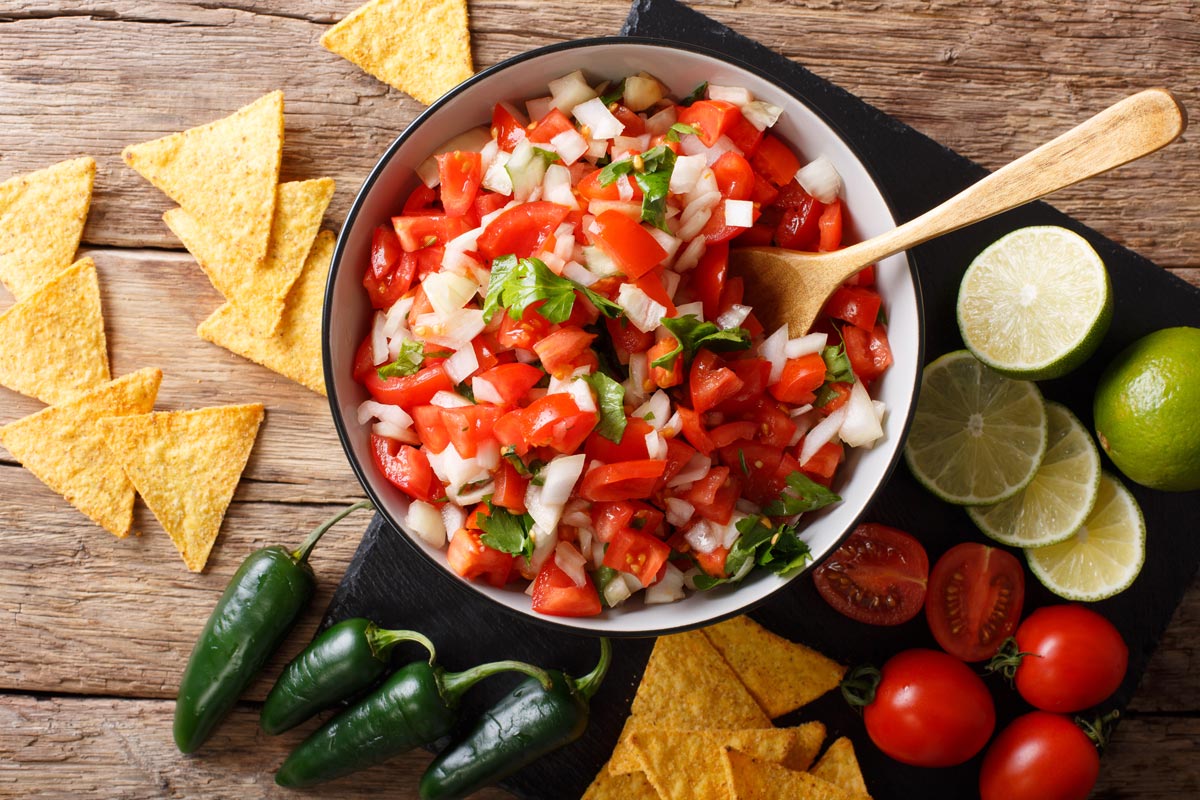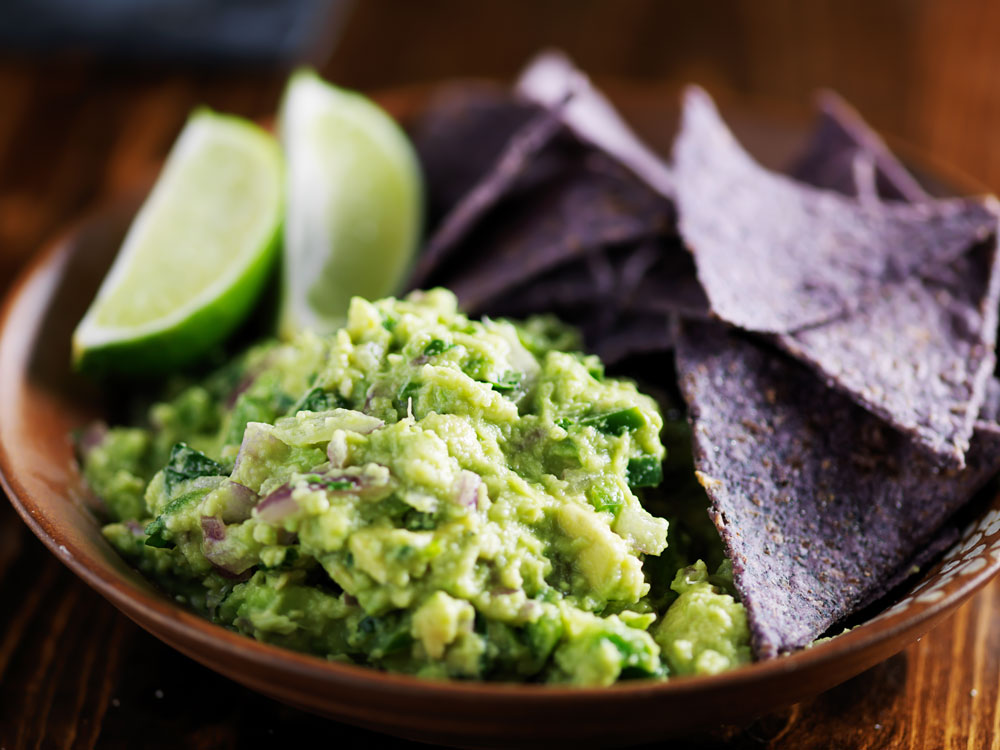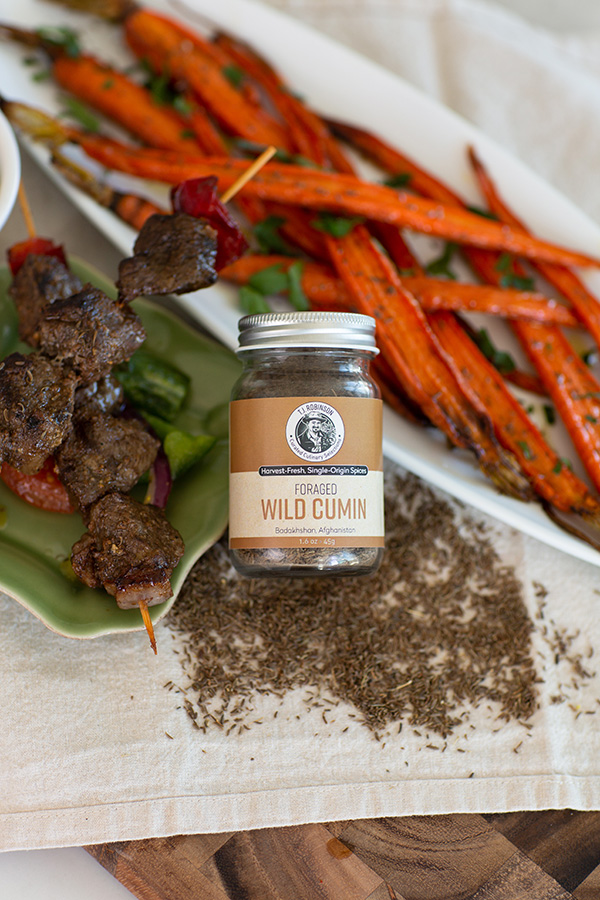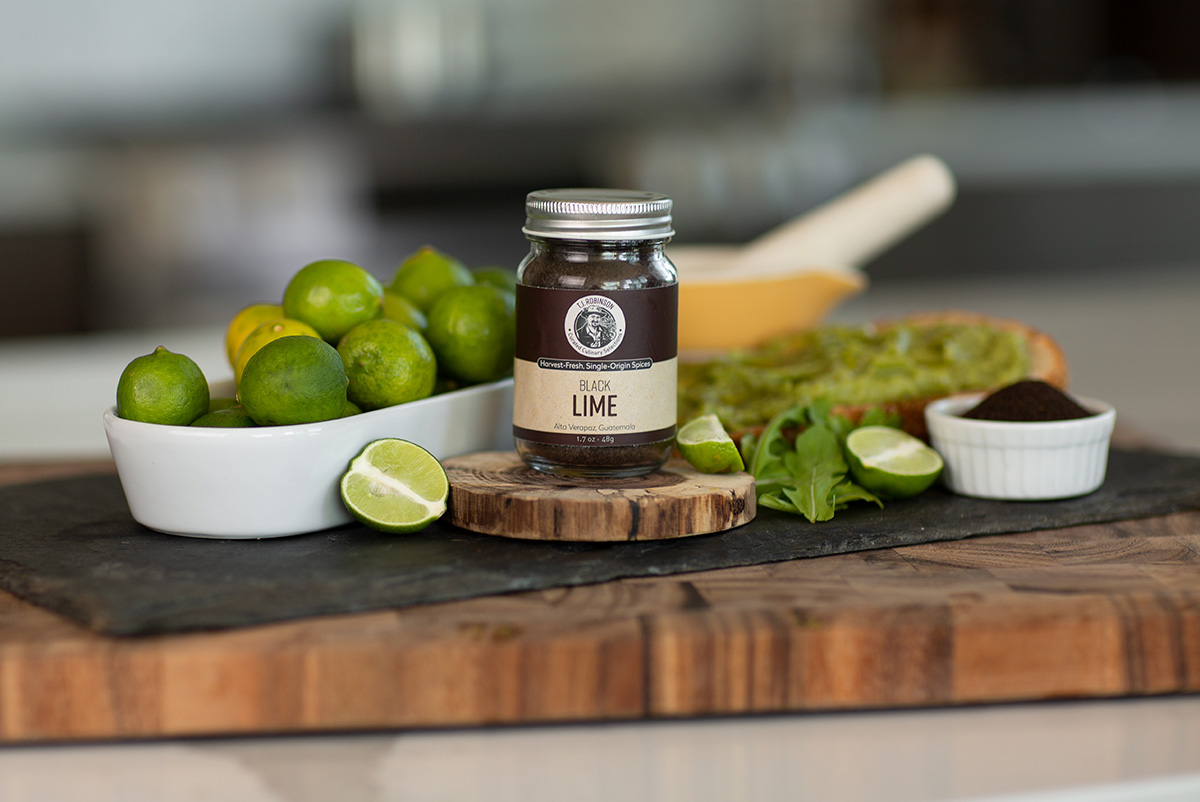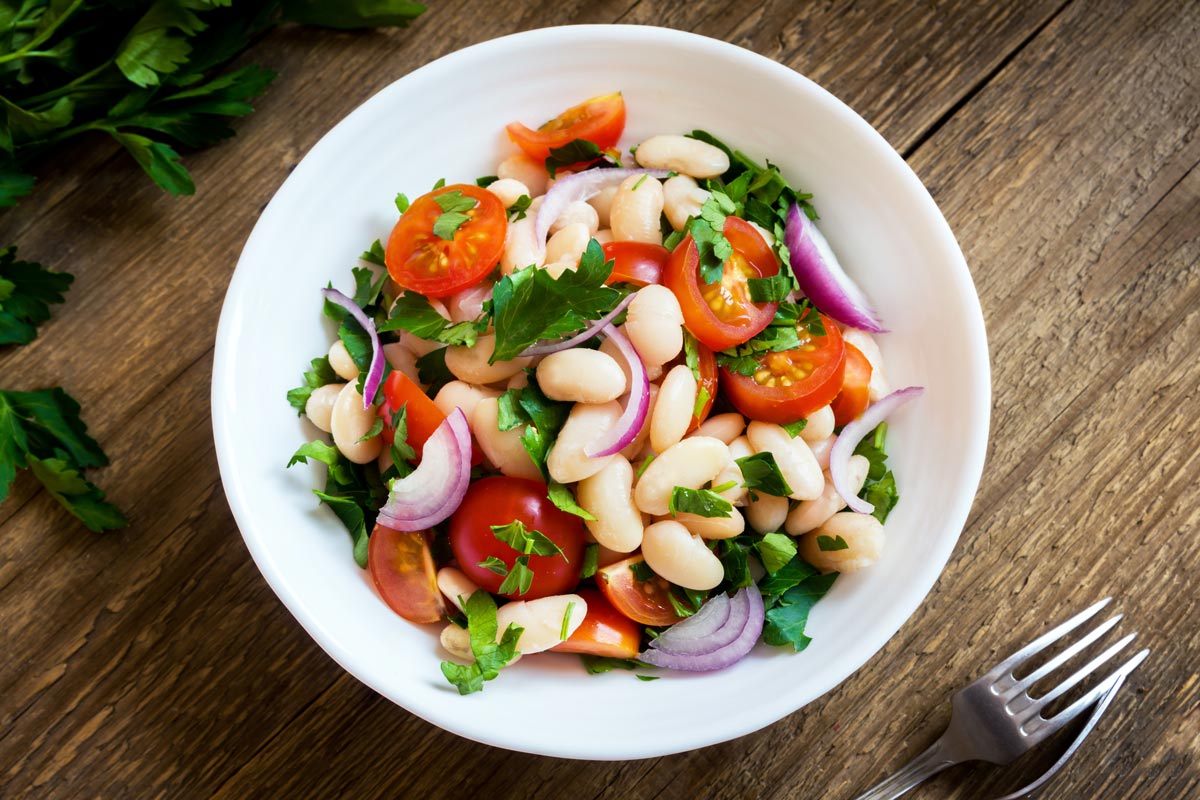Savory Puff Pastry Pinwheels and Imperial Bloody Mary Recipes, Spotlight on Herbes de Provence and Ground Sun-Dried Tomatoes, Storing Spices, Anti-Inflammatory Diet and Weekend Exercising
Recipes are so much more flavorful when you have the best ingredients in your pantry. That’s why I’m so excited about the new herbs and spices in my latest collection from the T. J. Robinson Curated Culinary Selections—six brand-new offerings plus perennial favorites heirloom Vietnamese cinnamon and vine-ripened black peppercorns. I’m sharing two recipes from the Spice Report, the booklet that comes with the collection to show you how easy it is to elevate your dishes. Also, read about an interesting health discovery on the benefits of weekend-only exercise—it provides great motivation for people who just don’t have time to work out during the workweek, along with a study that will have you asking if your diet is pro- or anti-inflammatory.
Savory Puff Pastry Pinwheels
 Savory Puff Pastry Wheels
Savory Puff Pastry WheelsThese look so elegant yet are a snap to make with packaged puff pastry (I love the Dufour brand because it uses real butter). Flaky and delicious on their own, they’re sublime when topped with a slice of Brie and some fig jam.
Ingredients
- 1 package frozen puff pastry dough, defrosted overnight in the fridge
- 1 tablespoon Herbes de Provence
- 1 tablespoon Ground Sun-Dried Tomatoes
- 1 tablespoon Caramelized Onion Powder
- 1 small egg, beaten
Directions
Step 1
Preheat your oven to 400°F. On a floured surface with a floured rolling pin, gently roll out any folds in the dough. Sprinkle the entire surface with the tomato powder, herbs, and onion powder (use your fingers as needed to spread them out evenly).
Step 2
Slice the dough in half lengthwise, then roll up each half lengthwise, jelly roll style. Next, cut each roll into rounds about 1-inch wide. Place the rounds flat on two cookie sheets and brush the tops and sides with the beaten egg. Bake until nicely puffed and browned, about 25 minutes, but start checking sooner in case your oven runs hot.
Yields about 32 pinwheels
Imperial Bloody Mary
 Imperial Bloody Mary
Imperial Bloody MaryThis recipe has twice the tomato-y depth of traditional mixes, thanks to the tomato powder, yet requires little extra effort for all that taste. Enjoy it “virgin” or with your favorite vodka. Multiply the quantities for a party!
Ingredients
- 12 ounces best-quality tomato juice
- 3/4 teaspoon Ground Sun-Dried Tomatoes
- Splash (about 10 drops) Worcestershire sauce, plus more to taste
- 1/8 teaspoon Vine-Ripened Black Peppercorns
- 1-1/2 teaspoons prepared horseradish
- Juice of 1/4 lemon
- Cholula or Frank’s hot sauce to taste
- 1 jigger vodka (optional)
- Optional garnish: celery sticks
Directions
Add all the ingredients to a small pitcher and stir well. Taste and adjust seasonings to your liking by adding more tomato powder,Worcestershire, horseradish, and/or hot sauce. Add 3 or 4 ice cubes to two highball glasses and fill with the Bloody Mary mix. Garnish with a celery stick if desired.
Yields 2 drinks

Healthy Ingredient Spotlight
Herbes de Provence and Ground Sun-Dried Tomatoes
Provence, in the south of France, is known for picturesque villages, fields of lavender, and, of course, a gentle Mediterranean climate. One of its many culinary gifts to the world is the fragrant blend of dried herbs appropriately named Herbes de Provence. With one whiff of this exquisite mix of oregano, rosemary, savory, and thyme, you’ll be transported to this idyllic locale.
Herbs have been used for thousands of years. Provence was blessed with a wide range of wild herbs, and eventually, locals began to grow them in private gardens and dry them to use long after the growing season. How the specific mix Herbes de Provence came to be is unclear, though some historians credit it to local monks. Americans’ love of these herbs began in the 20th century when culinary legend Julia Child introduced the US to French cuisine and ingredients.
A mainstay of French cooking, these herbs are synonymous with classics like tapenade (recipes for bolded dishes are included in the Spice Report), ratatouille, beef bourguignon, and cassoulet, but don’t stop there. Sprinkle them over potatoes and other vegetables before roasting and to season homemade croutons; dress up flatbread Provençal, pasta, pizza, and omelets. Add them to dry rubs, marinades, and vinaigrettes. Because the flavor is intense, it takes just a sprinkling to impart their essence.
The various herbs in the mix have been used for medicinal purposes for centuries. Oregano has a high concentration of phytonutrients, including flavonoids and phenolic acids. Savory is also considered a powerful antioxidant and antibacterial agent. Rosemary is an anti-inflammatory with possible antianxiety and memory-boosting effects. Thyme has long been known for its antiviral, antibacterial, antifungal, and antiseptic properties.
Turkey has a unique location in the world, straddling Europe and Asia, with the sprawling city of Istanbul spanning the two continents. The tomatoes for my Ground Sun-Dried Tomatoes, a variety known for their tangy flavor, are grown on small farms along the country’s Aegean Sea coastline, part of the Mediterranean region.
The long history of tomatoes began some 80,000 years ago in South America, where small wild tomatoes about the size of cherry tomatoes grew. Early 16th-century explorers brought tomato seeds back to Europe, and soon after, the seeds were carried to North America. Drying fresh tomatoes after the growing season not only preserves them but also intensifies their sweet-tart flavor. Grinding them into a powder is a more modern concept that extends the tomato’s versatility and is a favorite of professional chefs—pure tomato taste with just the right amount of acidity, balanced by sweet notes.
Mix it with panko and herbs for a mac ’n’ cheese topping or to stuff Roma tomatoes before baking. Add it to your favorite rubs for chicken or roasts, vinaigrettes and olive oil-based marinades, hummus, or aioli. Sprinkle it on pizza and into your fresh-pressed olive oil before dipping bread. It will elevate essential tomato sauce and other sauces,gazpacho or other tomato-based soups, zesty rice pilaf, tomato pies,tomato-strawberry jam, savory shortbreads, and scones. It adds color and flavor to breads,homemade pastas, ricotta filling for stuffed shells, and even cream cheese. Sprinkle it on omelets, sautéed or roasted vegetables, and popcorn. You can mix 2 teaspoons of water with 1 teaspoon of powder to make a tablespoon of tomato paste in a pinch!
Tomatoes are chock-full of nutrients, notably lycopene, an antioxidant that supports heart, eye, and prostate health. Drying and grinding tomatoes into a powder helps make the lycopene more bioavailable. Tomato powder also has small amounts of potassium, beta-carotene, and vitamin A.

Quick Kitchen Nugget
Storing spices
The best way to store spices isn’t the handiest—they should be in tightly sealed glass containers away from light, humidity, and heat, so not above the cooktop. Keep them on a dry pantry shelf or in a drawer away from the oven, and soon it will be second nature to take them out of their new “home” as you prep ingredients and set the table with these great alternatives to salt.

For Your Best Health
Is your diet “pro-inflammatory”?
As readers of this newsletter know, extra virgin olive oil has significant anti-inflammatory properties—that’s why it gets top marks as a healthy fat. However, according to research done at The Ohio State University’s College of Public Health and published in the journal Public Health Nutrition, more than half of all American adults eat a diet that’s considered pro-inflammatory, meaning it contributes to unhealthy inflammation in the body, which in turn increases the risk of health problems including heart disease and cancer.
The Ohio State research team examined the self-reported diets of more than 34,500 adults included in the 2005-2018 National Health and Nutrition Examination Survey using an existing tool called the dietary inflammatory index, which includes 45 dietary components. The tool assigns dietary inflammation values ranging from −9 to 8, with 0 being a neutral diet. About 34% of those in the study had anti-inflammatory diets, while 9% had neutral dietary inflammatory levels. But “overall, 57% of US adults have a pro-inflammatory diet and that number was higher for Black Americans, men, younger adults, and people with lower education and income,” said lead author Rachel Meadows, PhD, scientist and visiting faculty member. “The overall balance of diet is most important. Even if you’re eating enough fruits or vegetables, if you’re having too much alcohol or red meat, then your overall diet can still be pro-inflammatory.”
Dr. Meadows said she’s less interested in labeling foods as “bad” and more interested in thinking about anti-inflammatory foods as tools people can employ to boost health. “Moving toward a diet with less inflammation could have a positive impact on a number of chronic conditions, including diabetes, cardiovascular disease, and even depression and other mental health conditions,” she explained.
Many people also have elevated chronic inflammation due to non-dietary factors, including stress and adverse childhood experiences, said Dr. Meadows. “There are a lot of factors that contribute to chronic inflammation, and they all interact—even sleep is a key component. Diet can be used as a tool to combat that.” In addition to extra virgin olive oil, top anti-inflammatory foods to add to your diet include garlic, ginger, turmeric, green and black tea, whole grains, green leafy vegetables, legumes including beans and lentils, fatty fish such as salmon, and berries.

Fitness Flash
The benefits of being a “weekend warrior”
Are you too busy during the week to find time for workouts and try to make up for it on weekends? We’ve heard about the downside of being a weekend warrior, like the potential risk of a sports injury when your workouts aren’t consistent. But a recent study led by investigators at Massachusetts General Hospital and published in the journal Circulation found many positives, most importantly that being a weekend warrior is linked to a lower risk of developing hundreds of future diseases from heart and digestive conditions to mental health and neurological illnesses. Also, compared to inactivity, concentrated physical activity patterns may be just as effective for disease prevention as when exercise is spread out throughout the week.
“Physical activity is known to affect risk of many diseases,” said co-senior author Shaan Khurshid, MD, MPH, a faculty member in the Demoulas Center for Cardiac Arrhythmias at Massachusetts General Hospital. “Here, we show the potential benefits of weekend warrior activity for the risk of not only cardiovascular diseases, as we’ve shown in the past, but also future diseases spanning the whole spectrum, ranging from conditions like chronic kidney disease to mood disorders and beyond.”
Dr. Khurshid, along with co-senior author Patrick Ellinor, MD, PhD, co-director of the Corrigan Minehan Heart Center at Massachusetts General Hospital, and their colleagues analyzed information on 89,573 individuals in the prospective UK Biobank study who wore wrist accelerometers that recorded their total physical activity and time spent at different exercise intensities over one week. Participants’ physical activity patterns were categorized as weekend warrior, regular, or inactive, using the guideline-based threshold of 150 minutes per week of moderate-to-vigorous physical activity.
The team then looked for associations between physical activity patterns and incidence of 678 different conditions across 16 types of disease categories, including mental health, digestive, and neurological. Their analyses revealed that weekend warrior and regular physical activity patterns were each associated with substantially lower risks of over 200 diseases compared with inactivity and spanned all the disease categories tested. Associations were strongest for cardiometabolic conditions such as hypertension (23% and 28% lower risks over a median of 6 years with weekend warrior and regular exercise, respectively) and diabetes (43% and 46% lower risks, respectively).
“Our findings were consistent across many different definitions of weekend warrior activity, as well as other thresholds used to categorize people as active,” said Dr. Khurshid. “Because there appear to be similar benefits for weekend warrior versus regular activity, it may be the total volume of activity, rather than the pattern, that matters most. Future interventions testing the effectiveness of concentrated activity to improve public health are warranted, and patients should be encouraged to engage in guideline-adherent physical activity using any pattern that may work best for them.”
Get More Recipes In Your Inbox!


